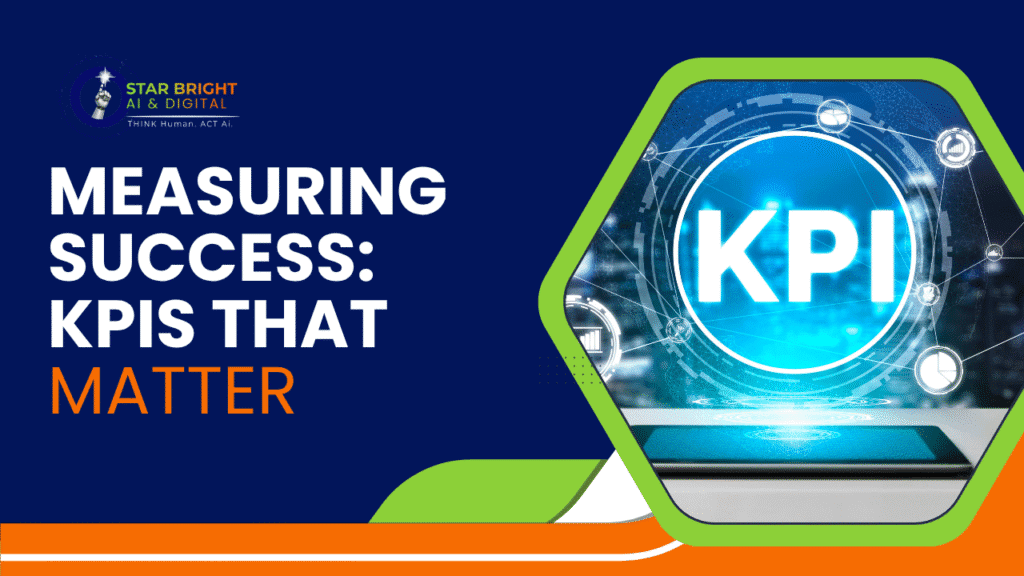Traditional CRM systems create a devastating bottleneck where urgent business needs wait for technical resources that are always stretched thin. Most sales professionals spend 65% of their time on administrative tasks instead of selling, while deals slip through cracks due to system complexity.
Low-code CRM automation changes everything. These platforms empower non-technical teams to build, customize, and optimize their sales processes with simple drag-and-drop interfaces, no coding required, no IT dependencies, and no months-long implementations.
Why Traditional CRM Implementation Fails 73% of Teams
Most CRM platforms create devastating bottlenecks where urgent business needs wait for technical resources that are always stretched thin. This technical barrier kills productivity and leaves revenue on the table.
The Technical Barrier That Kills Productivity
Most CRM platforms require IT departments, expensive consultants, or months of training to customize workflows. Research from Salesforce reveals that companies using user-friendly CRM automation see 41% faster deal closures and 29% higher win rates. Yet most teams never unlock this potential because traditional systems gate their most powerful features behind technical complexity.
The Hidden Cost of Workflow Friction
Every manual task, every forgotten follow-up, and every misaligned process represents lost revenue. When sales professionals spend 65% of their time on administrative tasks instead of selling, the cost compounds exponentially. Low-code CRM automation eliminates this friction by allowing business users to create sophisticated workflows without depending on technical teams.
The Low-Code Revolution: Democratizing CRM Power
Unlike traditional programming that requires years of training, modern automation platforms use visual interfaces that mirror how business professionals naturally think about processes.
What Makes Low-Code Different
No code workflow builder platforms use visual interfaces that mirror how business professionals naturally think about processes. Instead of writing complex code, users connect pre-built components through intuitive drag-and-drop interfaces. This approach transforms CRM customization from a technical project into a business optimization exercise.
The AI Advantage in Modern CRM Workflows
Artificial intelligence supercharges low-code CRM automation by adding intelligent decision-making to visual workflows. AI analyzes customer behavior patterns, predicts optimal engagement timing, and personalizes communication at scale. For email campaigns, AI determines the best subject lines, send times, and content variations for different customer segments.
Key Benefits That Transform Business Operations
Companies implementing user-friendly CRM automation report average revenue increases of 23% within the first quarter. The transformation delivers:
- Revenue Acceleration: Automated lead routing ensures prospects reach the right sales representative within minutes, not hours
- Operational Efficiency: Manual processes that once consumed hours become automated sequences that run 24/7
- Scalability Without Complexity: Low-code CRM automation scales effortlessly as businesses grow
- Data Accuracy: Automated data entry eliminates human error that costs businesses an average of $3.1 million annually
Building Your First Low-Code CRM Workflow: A Step-by-Step Blueprint
Creating effective automation starts with identifying the right opportunities and following a proven implementation framework.
Phase 1: Identifying Automation Opportunities
Start by mapping current manual processes that consume significant time or create bottlenecks. Common candidates include lead qualification and routing, follow-up email sequences, appointment scheduling, quote generation and approval, and customer onboarding processes.
Phase 2: Designing Workflow Logic
No code workflow builder platforms excel at translating business logic into automated sequences. Begin with simple if-then scenarios: if lead score exceeds 75, notify sales manager immediately; if customer hasn’t engaged in 30 days, trigger re-engagement campaign; if deal value surpasses $10,000, require manager approval.
Phase 3: Implementation and Testing
Modern drag-and-drop CRM interfaces make implementation surprisingly intuitive. Most workflows can be built in hours, not weeks. Test workflows with small datasets first, monitoring results closely. This approach identifies potential issues before full deployment and builds team confidence in the new system.
Phase 4: Optimization Through Data Analysis
Low-code CRM automation generates detailed analytics about workflow performance. Use this data to identify which email subject lines generate highest open rates, at what lead score prospects typically convert, which follow-up timing produces best response rates, and where prospects typically exit the sales funnel.
Advanced Strategies for Maximum ROI

Smart businesses leverage sophisticated automation techniques to multiply their results and outperform competitors using manual processes.
Behavioral Trigger Automation
Move beyond time-based sequences to behavior-driven workflows that respond to customer actions in real-time. When prospects visit pricing pages, view specific products, or download resources, user-friendly CRM automation can trigger personalized responses that strike while interest peaks.
Multi-Channel Orchestration
Coordinate communication across email, SMS, phone calls, and social media through unified workflows. This ensures consistent messaging while respecting customer communication preferences and avoiding overwhelming prospects with redundant outreach.
Predictive Lead Scoring
Leverage AI within low-code CRM automation to identify prospects most likely to convert. Machine learning algorithms analyze hundreds of data points to predict buying probability with accuracy that improves over time.
Overcoming Common Implementation Challenges
Success requires addressing typical obstacles that can derail automation projects before they deliver results.
Team Adoption Resistance
Start with power users who embrace change, then leverage their success stories to encourage broader adoption. Provide hands-on training that focuses on specific use cases relevant to each team member’s role.
Data Quality Concerns
Implement validation rules within no-code workflow builder systems that ensure data accuracy from the start. Automated data cleansing routines can identify and correct common errors.
Integration Complexity
Choose platforms with robust integration capabilities that connect seamlessly with existing tools. Drag-and-drop CRM solutions typically offer pre-built connectors for popular business applications.
Measuring Success: KPIs That Matter

Track the metrics that directly impact business growth and demonstrate automation ROI to stakeholders.
Revenue Metrics:
- Deal velocity (time from lead to close)
- Average deal size
- Win rate percentage
- Sales cycle length reduction
Efficiency Metrics:
- Time saved per sales representative
- Administrative task reduction percentage
- Lead response time improvement
- Follow-up completion rates
Customer Experience Metrics:
- Response time to inquiries
- Customer satisfaction scores
- Retention rate improvements
- Upsell/cross-sell success rates
The Competitive Advantage of Early Adoption
Companies implementing low-code CRM automation before competitors gain significant advantages that compound over time. Early adopters unlock:
- Process refinement while competitors struggle with manual workflows
- Data-driven insights that inform strategic decisions
- Automation expertise that becomes a core competency
- Customer experience standards that differentiate their offerings
These advantages create sustainable competitive moats that become increasingly difficult for slower-moving competitors to overcome.
Future-Proofing Your CRM Investment
Artificial intelligence integration continues expanding, with user-friendly CRM automation platforms adding capabilities like natural language workflow creation, predictive analytics, and automated optimization suggestions. Choose platforms that grow with business needs, supporting increased data volumes, user counts, and workflow complexity without performance degradation.
Conclusion
Low-code CRM automation represents one of the most significant opportunities for business growth available today. Companies that embrace this shift don’t just improve efficiency, they fundamentally change how they compete in their markets.
The businesses thriving today aren’t those with the biggest budgets or most technical teams. They’re the ones empowering every team member to optimize processes, eliminate friction, and focus on high-value activities. CRM customization no-code platforms make this transformation accessible to every organization, regardless of technical expertise.
Ready to transform your sales process with AI-powered automation that your non-tech team can master? Star Bright AI & Digital — Think Human. Act AI.

